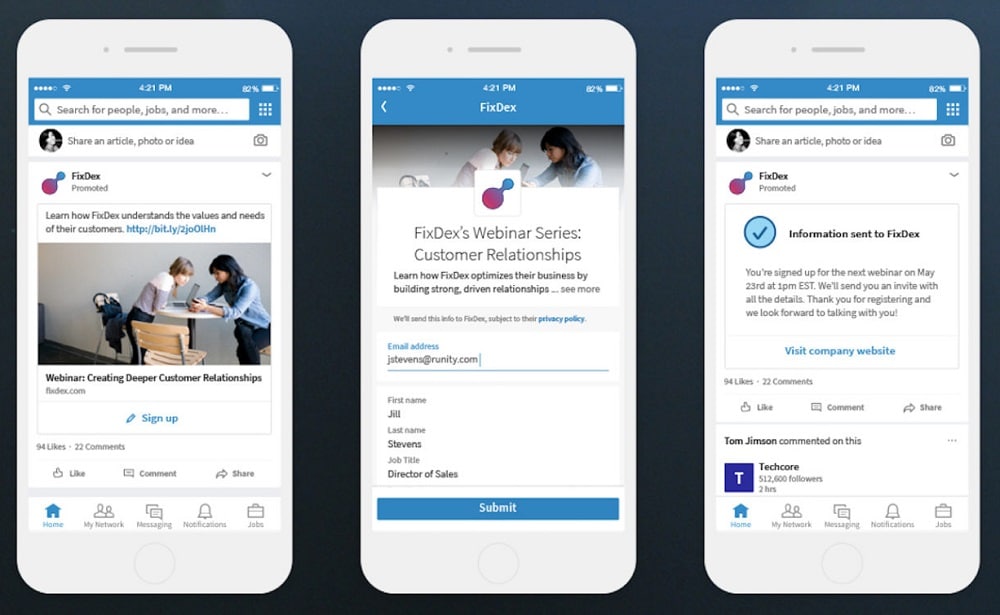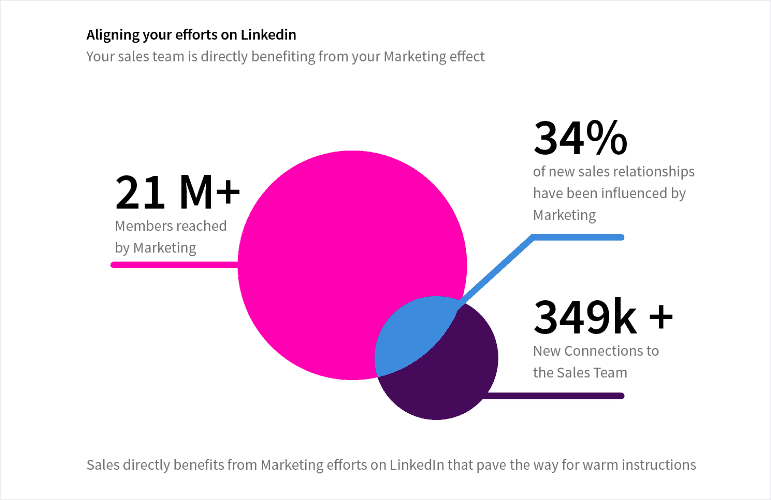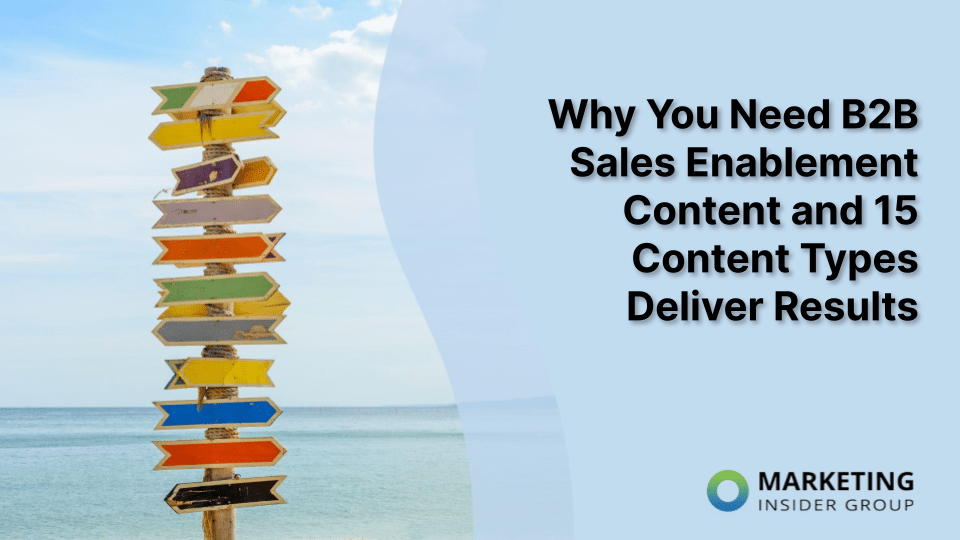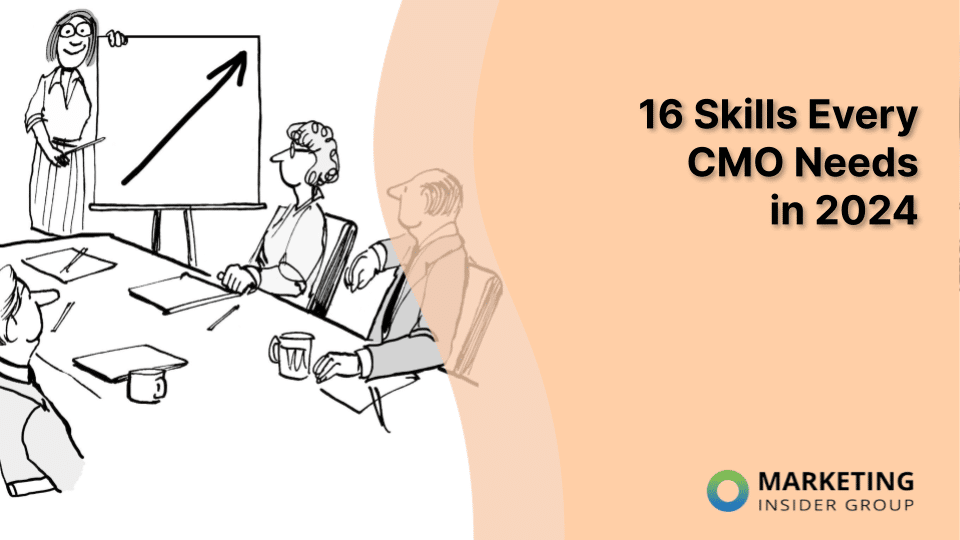
95% of LinkedIn Profiles, Content and Messaging Are Irrelevant: Sales Needs More Enablement from Marketing
LinkedIn’s 2020 State of Sales Report shows that 44% of teams are seeing a decrease in responsiveness to email and social outreach because of C-19.
Even though many companies are in cash conservation mode, I do not believe that the “silence” is a direct result of the health crisis.
Buyers still want relationships with experts that can help them now with their current challenges and in the future. The issue is that leadership, sales, marketing, and account management teams are pushing out more connection invitations, more messaging, and more stuff as they attempt to rebound and grow again.
But there is a lack of relevance and a personal connection that is keeping companies from building strong digital relationships on platforms like LinkedIn. This is why I created our upcoming virtual LinkedIn training that will cover the shifts sales and marketing teams need to go beyond brand awareness on social.
I concluded the above after talking to Matt Heinz, Darryl Praill, Pamela Ann Lapeyrolerie, Pam Didner, Spencer Wixom, and the other guest experts that will be part of our event. I also came to these conclusions after having my team study more than 100 profiles a day (5 days a week) for the last 4 months.
Sales, Marketing and Even the C-Suite Are Irrelevant on LinkedIn
We found that 95% of leadership, sales, and marketing teams in industries across the board are irrelevant to the marketplace on LinkedIn.
LinkedIn profiles are resumes vs. sales and marketing tools that tell a relevant business story to make an emotional, human-to-human connection. Most of the profiles talk about sales and marketing achievements (closes, conversion rates, awards won) and show target accounts that their sole interest is in closing them rather than building a relationship based on value.
LinkedIn profiles, content, and messaging do not speak to the accounts they want – and to the human buyers, they want to engage with. Instead, sales and marketing are speaking “at” industries and “at” companies. Instead of tailoring for relevance, they are playing a numbers game on LinkedIn hoping that something sticks.
Profiles, content, and messaging do not show alignment with the buyers’ new priorities and the challenges buyers face. When the market changes, so should websites, content, messaging, and any prospect/customer-facing communication including social profiles. But most business leaders and sales and marketing teams did not look at their profiles to see how they can better connect with their buyers and show them that they understand their current situation. They are not providing the education buyers need to overcome today’s challenges so they can buy again.
Profiles, content, and messaging do not have commercial insights as very few are teaching for differentiation and showing unique value. Buyers need to see how you will fill an account/market gap and the personal impacts you can have. In most cases, there are no customer stories throughout profiles and content that support claims that leadership, sales, and marketing teams make.
Most of the content on the LinkedIn publishing platform and in the newsfeeds are regurgitated tips and stale or widely available information. There is no reframing of prospect’s thoughts and ideas to show target accounts their unconsidered needs and gaps that should keep them up at night. There is no focus on creating a new buying vision and on building trust and confidence that you have the only solution for the prospects’ challenges. And, very few are providing content that is applicable and relevant to the decision-making process. It seems like the focus is on top-of-the-funnel brand awareness.
Nearly 3 in 5 profiles do not share any media or make no use of the LinkedIn Publishing Platform. Of those who did share media, irrelevant images like a snapshot from a conference booth were the most common. When the publishing platform was used, in many cases, the articles were at least 1 to 2 years old! And, very few shared a video (17%).
Most of the connection invites and nurturing messages we received in the last few months were impersonal. It read like sales, marketing, and leadership teams were using fill-in-the-blank templates rather than them trying to earn my trust and confidence. When Edelman surveyed buyers on the qualities they value in a salesperson, they ranked “trustworthy” (47%) at the top, followed by “responsive” (44%) and “expert in the field” (40%). The leadership, sales, and marketing teams that are successful (even now when it seems like no one is buying) are the ones that are seen as “trusted advisors.” The companies that are getting the attention from buyers are the ones that are “earning trust”.
Here’s how you can quickly build a minimum viable profile and get up to speed on using LinkedIn correctly for marketing and sales:
Marketing Needs to Increase Relevance to Enable More Sales
There needs to be more alignment between sales, marketing, and account management teams. I found that in most cases, marketing is more interested in pushing out content and filling the top of their funnel than using their influence to drive revenue.
Because most marketing teams still follow a lead-based system, they are focused on “sponsored status updates,” “sponsored Inmails” and company page posts. But if the leads that marketing acquires with their top-of-the-funnel activities get stuck because value-added relationships aren’t built, then what good are those leads? How can you demonstrate a clear social media ROI with brand awareness metrics? You can’t!

LinkedIn Has Given Marketing New Opportunities
Marketing now has the opportunity to…
- Help sales craft their own story and build a personal brand on LinkedIn that positions them as trusted advisors with the accounts they want to win.
- Provide with sales with contextual content and commercial insights and a strategy on how to use the content to nurture relationships and transition buyers.
- Create a social community of engaged C-suite leaders vs. just a following and a network that does not lead to more conversations and revenue.
- Go beyond the awareness tactics that social media and digital marketing executives take- and meld approaches like Challenger with LinkedIn so sales can increase stage transition percentages as well as increase the speed at which they transition.
- Equip all client-facing employees with the ability to consistently and systematically have a valuable conversation with the right set of customer stakeholders at each stage of the customer’s problem-solving life cycle. Notice, I mentioned consistently and systematically – that means going beyond just supporting content. It means putting a strategy for sales and marketing to execute in alignment, track, and optimize for a stronger ROI of the selling system.
- Deliver buyer insights – By allowing sales to see and understand the Digital Body Language of buyers, marketers can give them the knowledge they need to figure out what an individual cares about, who within an organization is engaged in a buying process, and which organizations within a salesperson’s territory are showing buying interest. By mixing LinkedIn Sales Navigator, social listening tools, and competitive intelligence solutions with effective “relationship” engagement strategies, marketing can capture these insights. They can then layout an account-based marketing strategy for using these insights to get and keep the attention of these key decision-makers.
Marketers Can Go Beyond Lead Generation
Marketers can now focus on Sales-Marketing Alignment to achieve revenue goals using LinkedIn can prove a clearer, stronger social media ROI using LinkedIn.

By providing rich insights into buyers, their companies, and their territories, marketers enable sales to better prioritize their efforts. And by focusing on relationships and how to leverage them, marketers can become the social bridge between buyers and sales. They can help build familiarity between salespeople and their customers.
Together, sales and marketing can improve sales effectiveness using LinkedIn. But marketing has to become more of a sales enabler – and support sales in a more meaningful way so they can close deals using the #1 b2b social media platform.
Within my upcoming virtual LinkedIn training, I am bringing together 30+ sales and marketing experts for 20+ Power-Point Free panel discussions and fireside chat that cover LinkedIn strategy, personal branding, social content, community building, LinkedIn marketing, and social selling. You’ll see the content shifts that companies need to make and how you can integrate video, Challenger, and ABM into your LinkedIn marketing efforts.
Click here to get free access to select sessions or take advantage of early-bird discounts on the complete LinkedIn training.






